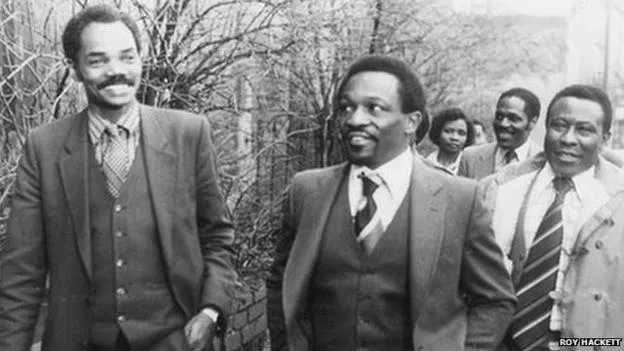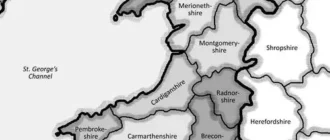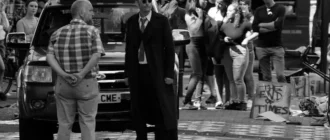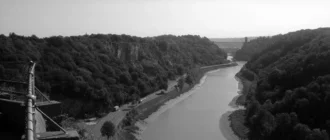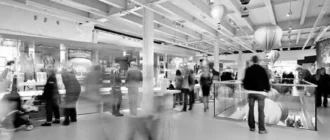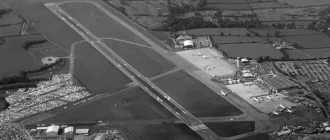The Bristol Bus Boycott is a protest against racial discrimination in British bus service. The protest was started because the Bristol Omnibus Company refused to hire black and Asian bus crews. At the time, Bristol was one of many cities in Britain where racial discrimination was widespread.
Race bar policy
Roy Hackett was the organiser of the Bristol Bus Boycott. He fought the ‘colour bar’ policy, which prevented Black and Asian people from working on Bristol buses. He and his wife, both of Jamaican descent, had applied for a job with the company, but were turned down. Despite stating their qualifications, they were not allowed to take it.
In 1960, there were around three thousand members of the Caribbean community living in Bristol. Many had come to the UK after the Second World War. The 1948 British Nationality Act had given Caribbean immigrants full rights in the UK. The majority of Caribbean immigrants had completed their education in British schools, and were able to get full employment.
The campaign was praised by the West Indies cricketer Learie Constantine and the High Commissioner for Trinidad and Tobago. This campaign sparked widespread support and helped the omnibus company to end the colour bar policy. However, the campaigners were not recognised in British history books.
The Bristol Omnibus Company had a policy whereby black and Asian people were excluded from working as bus conductors. This policy was not just a matter of personal choice, but was part of a wider racial discrimination issue. Ultimately, the company reversed its decision and began hiring black and Asian crew members.
Origins
The Bristol bus boycott began with a student protest at the University of Bristol’s bus station. Students from the TGWU union and the local university union joined in, and Bristol became the centre of national attention. Local politicians, such as the Bishop of Bristol, condemned the company and endorsed the boycott, which lasted for four months. The boycott also got local press coverage.
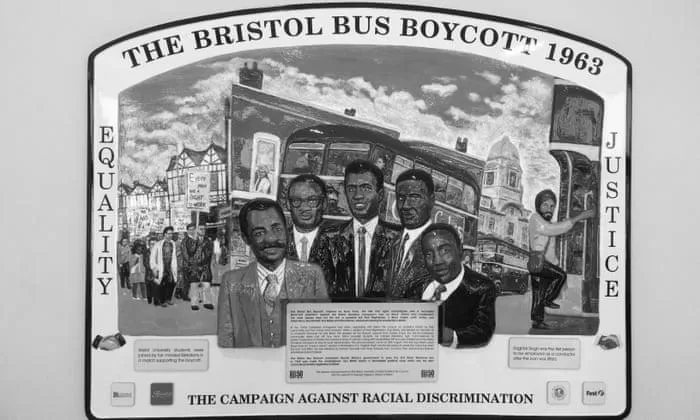
The boycott was a response to racial discrimination and racism in Bristol. A group of young black men from the Black community in the city had formed a group called the West Indian Development Council (WIDC). Guy Reid-Baily was a Jamaican immigrant and Paul Stephenson was the city’s first Black British youth worker.
The black population in Bristol was primarily composed of Commonwealth immigrants. Many came to the United Kingdom after the Second World War. The 1948 British Nationality Act granted these migrants the right to work and live in the United Kingdom. The group’s strategy involved generating propaganda and gaining national media attention. The intention was to shame the Bristol bus company and the local trade union.
The black community has always been at the forefront of protesting against racism. The Black Lives Matter campaign has continued this tradition, and the African-Caribbean community has consistently protested against racism in the city. In addition, the Operation Truth campaign forced the city to admit its past as a slave trading town. Through direct action, Bristol has continued to challenge social injustice.
Impact
The Black Lives Matter protest in Bristol continued a long tradition of protests against racial injustice. The African-Caribbean community in Bristol, England has consistently challenged racism and forced the city to acknowledge its slave trading history. Another example is the Operation Truth campaign, which protested Bristol’s bicentennial commemoration of abolition. In each case, the African-Caribbean community used direct action to challenge social injustice.
The boycott took a unique approach to changing Bristol’s attitudes and behaviors. Its leaders used different levers of power to change the company’s hiring practices. Some pushed for better public transport options, while others pushed for an end to discriminatory policies. The leaders of the boycott succeeded in raising awareness of the issue and influencing public figures, as well as local residents. Students should consider what types of levers they have over others.
In the aftermath of the boycott, the Bristol Omnibus Company halted their racist policy. In addition, the government introduced two landmark Race Relations Acts in 1965 and 1968 to prohibit discrimination based on race or ethnic origin. The Bristol Bus Boycott campaign demonstrated that people had the power to effect change.
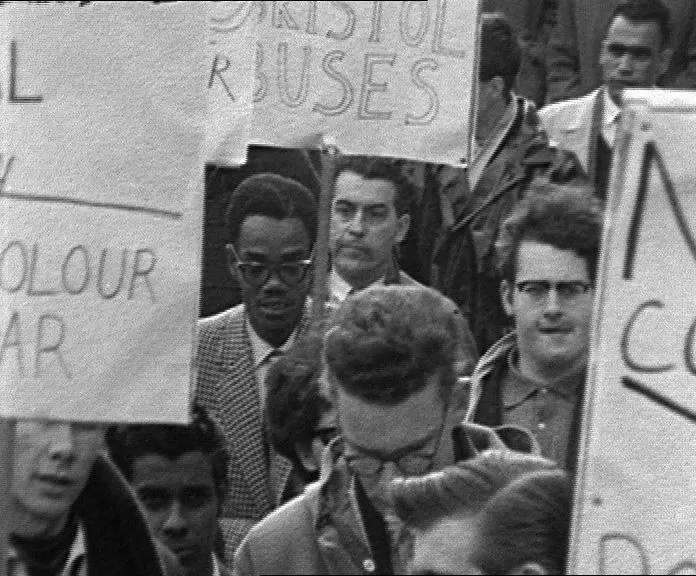
The protest in Bristol began because Guy Bailey, a black man, was rejected from a job interview. He had the qualifications to be a bus conductor. Despite this, Bailey was turned down by the Bristol Omnibus Company’s manager. At the time, there was no law prohibiting racial discrimination. The manager of Bristol Omnibus Company, Ian Patey, was within his rights to reject Bailey.
Impact on black crews
During the 1960s, racial discrimination was legal in Britain, and Bristol’s Caribbean community, which numbered around 3,000 people, was disenfranchised by a discriminatory bus company. In 1955, the Bristol Omnibus Company adopted a policy banning black crews from driving buses. This policy was adopted despite protests from local unions. In 1961, a report in The Bristol Evening Post revealed that the company had refused to hire black drivers and conductors. At the time, discrimination in employment was not illegal, but the first Race Relations Act was not passed until 1965.
The Bristol bus boycott received national and international media attention, and drew the support of politicians and civil rights leaders, including Sir Learie Constantine and Labour Opposition Leader Harold Wilson. In August 1963, the bus company ended its colour bar and hired a non-white bus conductor, Raghbir Singh. Singh, who was originally from Pakistan, was the first non-white bus conductor to work in Bristol.
While the Bristol bus boycott had many opponents, the campaign was ultimately successful. The local Jamaican community backed the boycott, and the West Indian Development Council was formed. Owen Henry, Roy Hackett, Audley Evans, and Prince Brown were among the founding members of the group. The city’s first black youth officer, Paul Stephenson, also took a stand against racism on buses.
The Bristol bus boycott led to the adoption of the Race Relations Acts of 1965, which banned racial discrimination in public places, employment, and housing. This was the first major legislation in the UK to deal with racial discrimination. As a result, Bailey, Hackett, and Stephenson were awarded Order of the British Empire medals for their efforts. The TWGU union was later merged with the Unite union.
End of boycott
A protest against racial discrimination sparked the End of Bristol bus boycott. The protest was organized by young people inspired by the civil rights movement in the US, particularly Rosa Parks’ refusal to take a seat in a bus reserved for black passengers. Black people were denied employment by the Bristol Omnibus Company, and their plight became a symbol of solidarity with Parks and other civil rights activists.
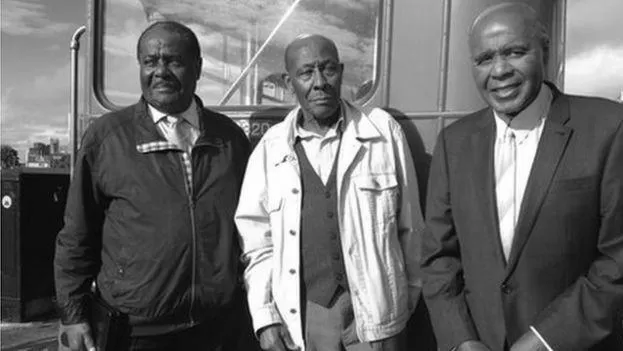
The protests were supported by Bristol University students and other supporters. The boycott received the backing of the Trinidadian high commissioner and Bristol’s local Labour Party MP, Tony Benn. It also garnered the support of the then Prime Minister, Harold Wilson, who promised to introduce a law against racial discrimination if his party won the next election.
The protest began when the Bristol Omnibus Company banned blacks from working as bus conductors and drivers. These discriminatory practices sparked the formation of a campaigning group led by a group of Jamaicans. The campaigners included Owen Henry, Roy Hackett, Audley Evans, and Prince Brown. Paul Stephenson, a young community worker from Bristol, was also a member of the group.
As the protests continued to grow, the media began to pick sides. The campaign drew comparisons between the protests in the US and the Civil Rights Movement in the UK. However, the media coverage in the United Kingdom proved uncomfortable for civic leaders. Some local officials refused to negotiate with the boycott leaders, arguing that they lacked authority to make decisions.
Impact on union
The 1960 Bristol bus boycott was the UK version of the civil rights movement. The bus workers were motivated by their fear of income erosion. Basic bus wages in Bristol had slipped behind the wages of skilled workers at British Aerospace, and most crews worked long hours. They aimed to clock at least 100 hours a week to raise their pay to PS20, which was barely above the average weekly wage at the time.
The boycott was initially unsuccessful, but it did not stop there. It was eventually won by a group of bus drivers. The group eventually won the legal fight against the Bristol bus company. They were able to win in court and win significant compensation. It was the first time that a mass strike of bus workers in the UK ended in a successful legal action.
The Bristol bus boycott also led to important changes in the law. The new Labour government passed the Race Relations Act in 1965, which made discrimination on the basis of race illegal. The coloured ban that had preceded the boycott was also declared illegal. These changes led to the formation of the UK’s first anti-race discrimination laws.

The boycott was a defining moment for British labour. The TGWU, the union representing bus drivers in the UK, publicly apologized for siding with management fifty years ago. The union, which merged with Unite in 2007, issued a statement apologizing for their stance in the boycott.
